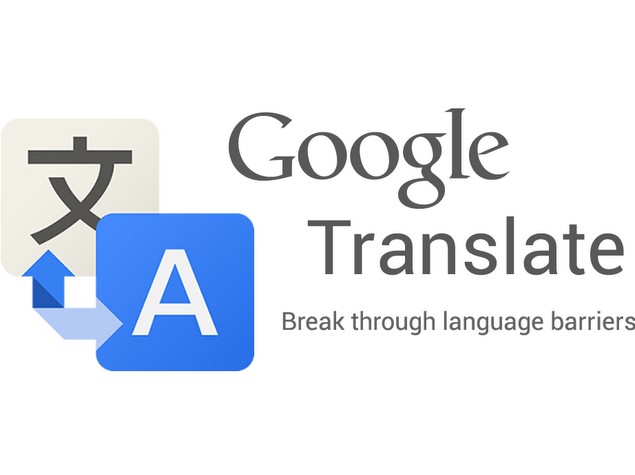Google Translate, the ubiquitous language translation tool, just underwent its most significant expansion ever! In a move that empowers global communication, Google added support for a staggering 110 new languages, bringing its total to over 220. This update signifies Google’s unwavering commitment to bridging the language divide and fostering accessibility for everyone.

Unleashing the Power of AI for Flawless Translation
Fueling this historic expansion is Google’s cutting-edge PaLM 2 large language model. This AI marvel empowers translation models to learn new languages with remarkable efficiency and enhances translation accuracy, especially for languages with limited speakers or data. This marks a substantial leap forward in Google’s ambitious 1,000 Languages Initiative, a project aiming to develop AI models that can translate the world’s 1,000 most spoken languages.
Embracing Diverse Communities: A World of Languages at Your Fingertips
The newly added languages represent a vibrant tapestry of communities, encompassing major world languages like Cantonese and languages spoken by smaller indigenous groups. This update particularly shines a light on African languages, significantly expanding Google Translate’s support for languages like Fon, Kikongo, Luo, and Wolof. Collectively, these 110 languages empower over 614 million speakers globally, fostering easier communication and information access for a vast portion of the world’s population.
Unveiling the Gems: A Spotlight on New Languages
This update welcomes a fascinating array of languages, each with its unique story:
- Afar: Spoken in Djibouti, Eritrea, and Ethiopia, this tonal language witnessed a remarkable influx of contributions from volunteers during its development.
- Cantonese: A highly sought-after addition, Cantonese presents a distinct challenge due to its written form’s overlap with Mandarin.
- Manx: A Celtic language native to the Isle of Man, Manx narrowly escaped extinction and has seen a heartening revitalization effort in recent decades.
- NKo: This standardized writing system for West African Manding languages boasts a unique alphabet and enjoys strong support from researchers and language communities.
- Punjabi (Shahmukhi): Written in the Perso-Arabic script, this Punjabi variant reigns supreme as the most spoken language in Pakistan.
- Tamazight (Amazigh): This Berber language of North Africa encompasses multiple dialects but utilizes a standardized written form supported by Google Translate in both Latin and Tifinagh scripts.
- Tok Pisin: An English-based creole language and the lingua franca of Papua New Guinea, Tok Pisin offers a glimpse into a captivating linguistic blend.
Celebrating Linguistic Nuance: Recognizing Variations
When incorporating new languages, Google Translate meticulously considers regional variations, dialects, and diverse spelling conventions. For instance, Romani language translations seamlessly blend Southern Vlax Romani with elements from other dialects, ensuring the most commonly used forms are readily available.
This momentous update by Google Translate signifies a giant leap towards a world without language barriers. By harnessing the power of AI and embracing the richness of global languages, Google empowers communication and understanding across cultures.
FAQs
Q: How many languages does Google Translate support now?
A: Following this update, Google Translate supports over 220 languages.
Q: What is the PaLM 2 large language model?
A: PaLM 2 is a powerful AI model developed by Google that plays a crucial role in enabling Google Translate to learn new languages and enhance translation accuracy.
Q: What is the 1,000 Languages Initiative?
A: Google’s ambitious project aims to develop AI models capable of translating the world’s 1,000 most spoken languages.
Q: Does Google Translate consider language variations?
A: Yes, Google Translate takes regional variations, dialects, and spelling variations into account when translating languages.




